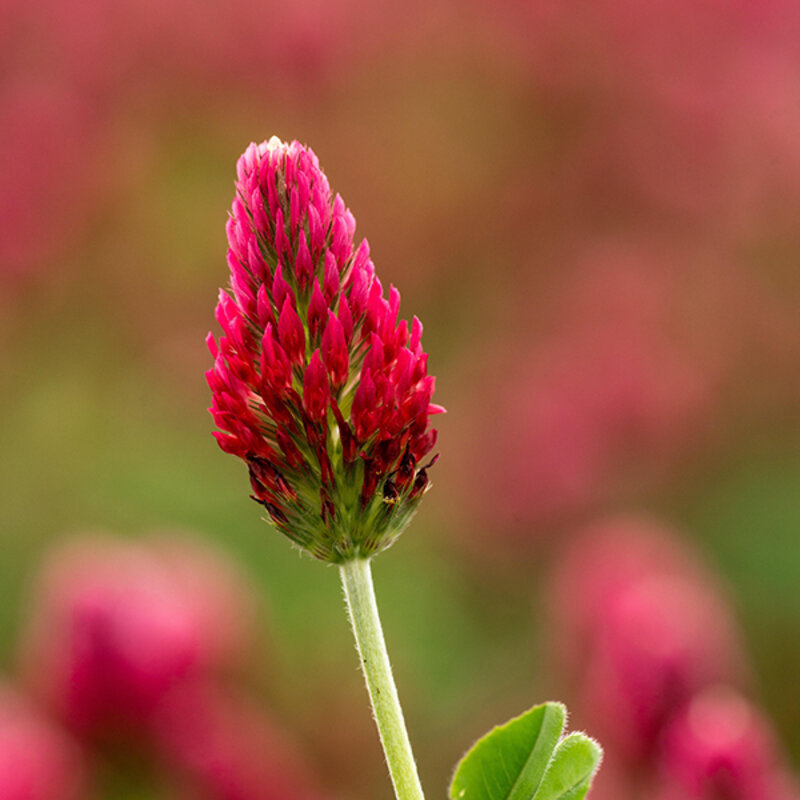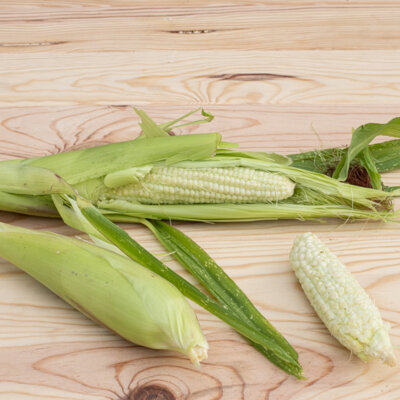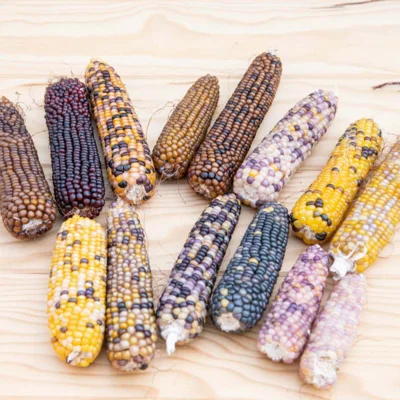Red - Clover
Red clover, also known as Roussillon clover, is an annual plant of the legume family used as forage or green manure. Its root system develops actively in the first 15 cm of soil, and can extend down to 60 cm. It improves soil structure, stimulates earthworm activity and, after crushing, returns nitrogen to the soil that can be assimilated by other plants.
Characteristics of red red clover
Red red clover, Trifolium incarnatum, is a slow-growing annual plant in the Fabaceae family. Historically, this legume has been appreciated in western France as a forage plant for cattle and horses. It is referenced in Carl Von Linné's Species plantarum of 1753.
Used as a green manure, red clover enriches the soil with nitrogen and improves its structure. In fact, its roots can penetrate up to 60 cm deep into the soil. This melliferous species is distinguished from other clovers by its erect, hairy stems, each bearing purple inflorescences. Not very sensitive to cold, this clover covers the soil effectively during winter.
When to sow red clover?
Although red clover is generally sown after summer crops, from August to October, to cover the soil throughout the winter, it can be mowed and then buried.It can also be sown from March to May and destroyed in late summer.
This annual plant enjoys a sunny exposure and tolerates almost all types of soil, but prefers well-drained loamy soils.
Sow directly in the ground, on previously weeded and surface-scraped soil, at a rate of 2 to 5 g per square metre. Place the seeds in contact with the soil using a board. Beware: red clover is drought-averse, so water regularly during hot spells.
This annual dies naturally after flowering, but can be resown spontaneously from one year to the next.
When does red clover flower?
Red red clover flowers are melliferous, edible and ornamental, blooming from April to August, depending on the sowing date. Rather slow-growing, clover requires plots of land to be available for 3 to 6 months, depending on the sowing period. Mow it before it goes to seed and leave it on the ground as mulch, or bury it after shredding for subsequent crops. Note that once cut short, this clover does not grow back.
You may also be interested in these products
These products may also be of interest to you
in the ground
Although this clover is generally sown after summer crops, from August to October, to cover the soil throughout the winter and then be mowed and buried in the spring, it can also be sown from March to May and destroyed at the end of summer. Sow directly in place, on weeded and surface-scraped soil, at a rate of 2 to 5 g per m2. Press lightly to bring seeds into contact with the soil.
March, April, May, August, September, October
June, July, August, September, October
in the ground, in pot
sunny
medium
all floor types
fees
Trifolium incarnatum
mid-season
50 grams
Red
From 10 to 45 cm
Mediterranean
Species plantarum
Historically, red clover was popular in western France for feeding cattle and horses. This variety is referenced in Carl Von Linné's Species plantarum of 1753.
Carl Von Linné















